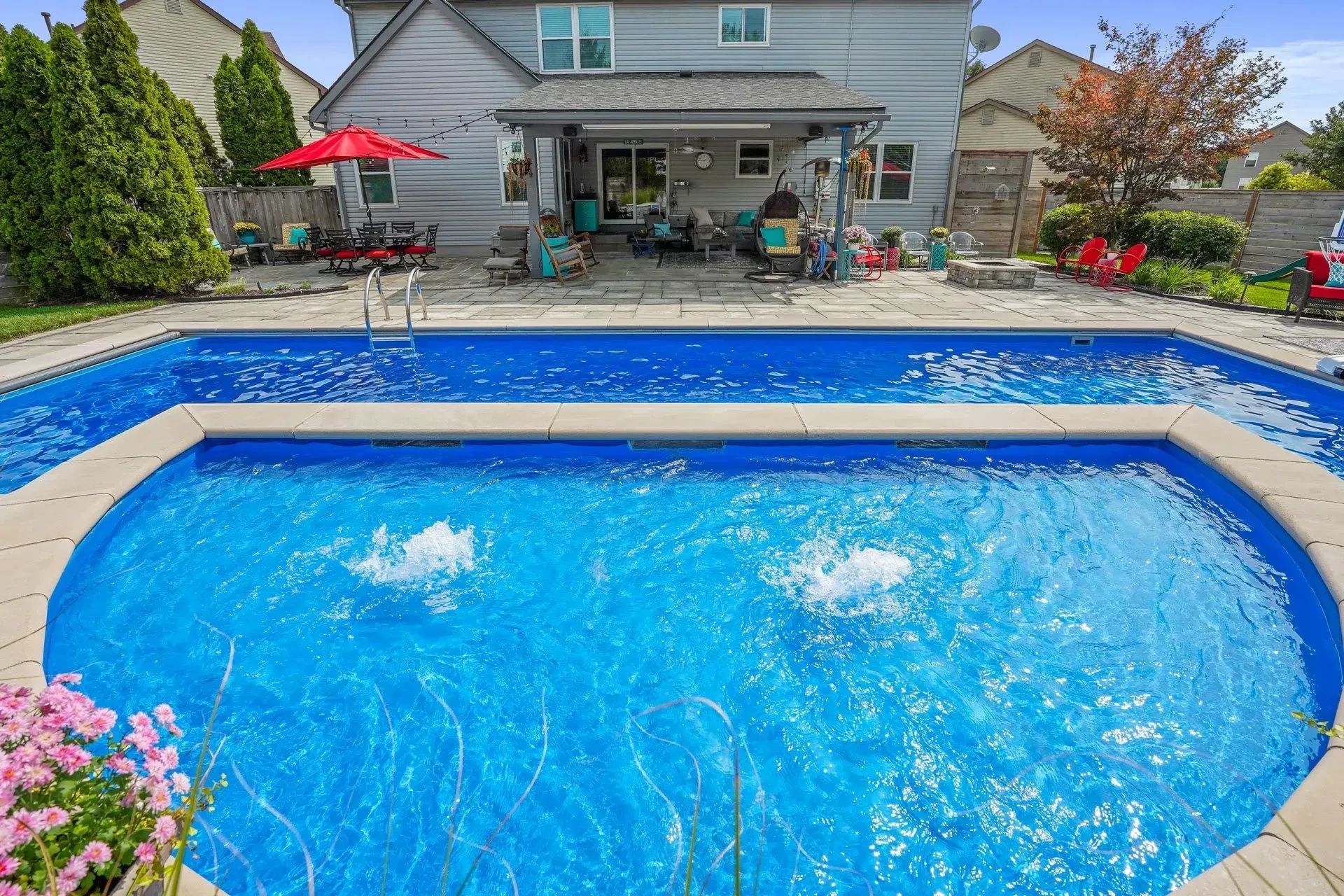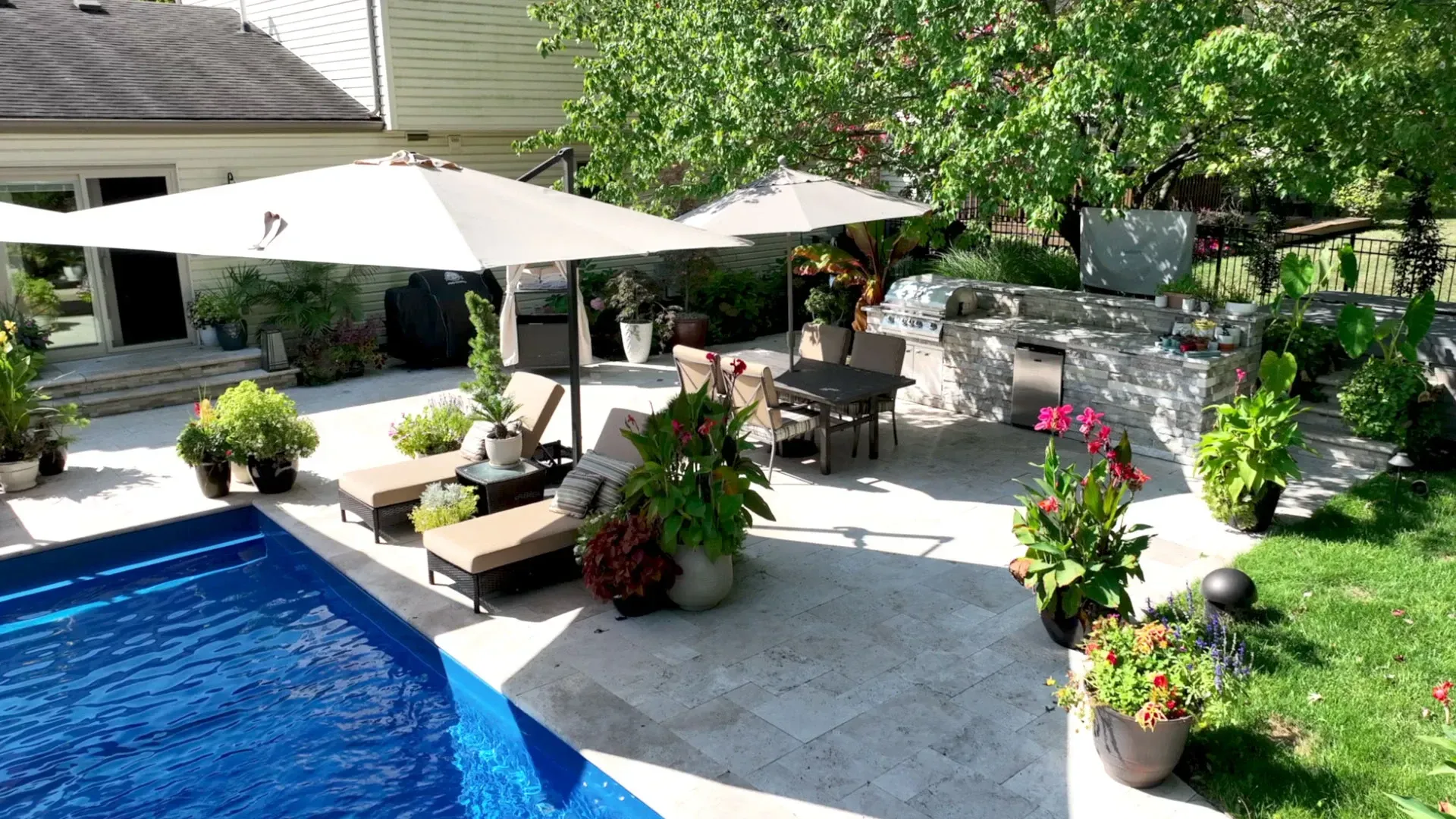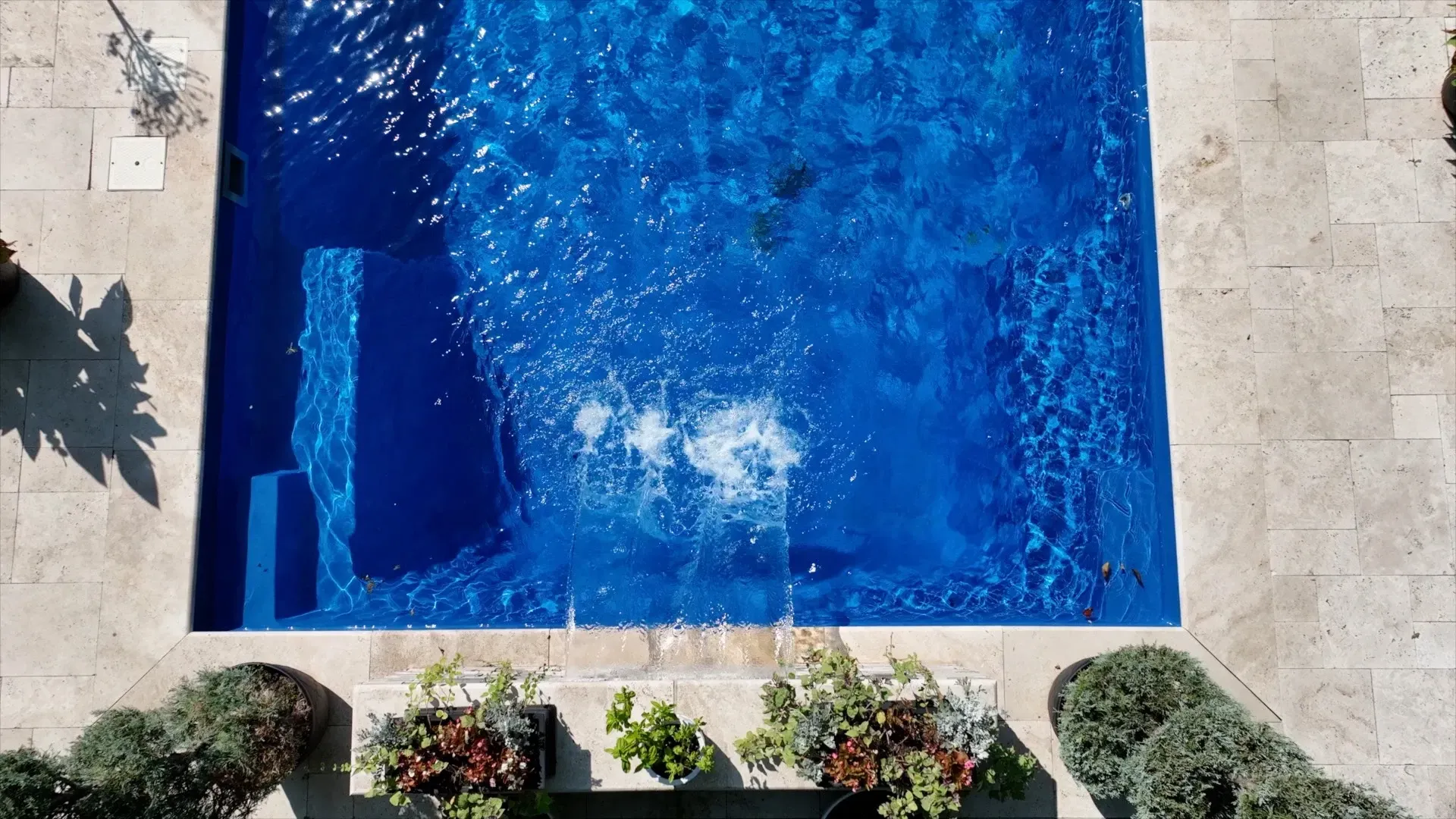Sustainable Luxury: Tips for an Environmentally Friendly Pool and Outdoor Space
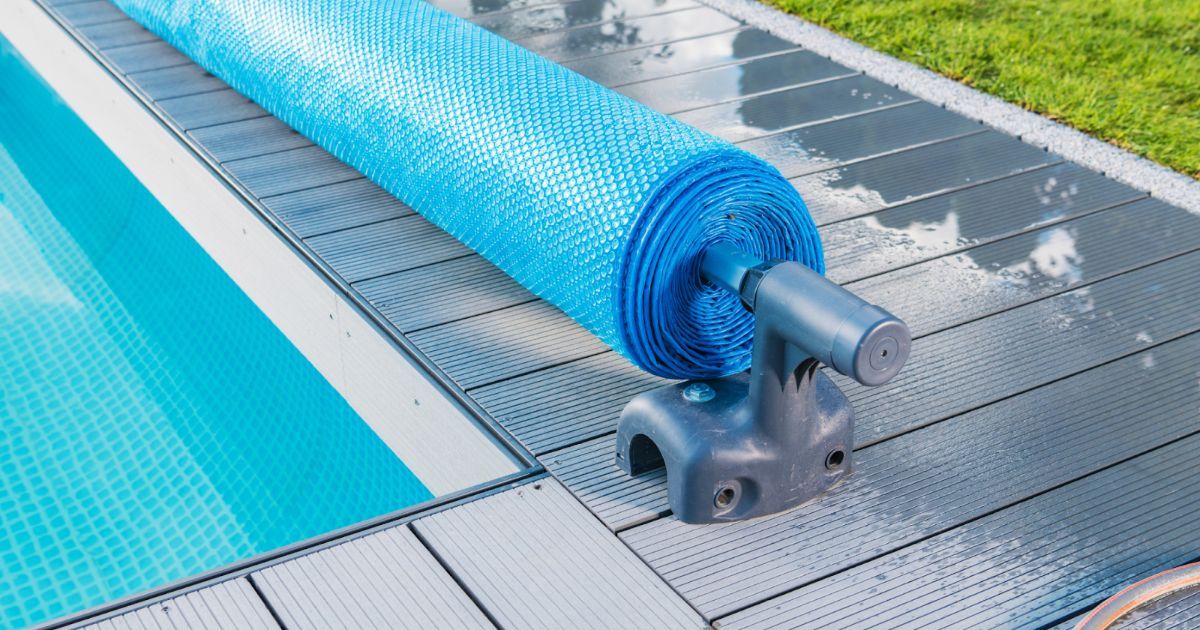
In today's world, sustainability is a lifestyle choice that extends to every corner of our lives, including our backyards. Creating an eco-friendly pool and landscape is about being kind to the environment through a sustainably designed paradise that you can enjoy with peace of mind! Omni Pools & Scapes can help achieve this harmonious blend of green living and luxurious outdoor spaces. How? Well, keep reading earth lover!
Eco-Friendly Tip 1: Pool Heating Solutions
One of the key aspects of a sustainable pool is how you heat it. Traditional heating methods can be energy-intensive, but there are greener alternatives.
Solar pool heaters harness the power of the sun to warm your pool. They're effective, have lower operating costs, and reduce your carbon footprint.
Heat pumps utilize the air or water source to heat the pool, offering energy efficiency and reduced utility bills.
Eco-Friendly Tip 2: Water Conservation Techniques
Water is a precious resource, and conserving it is a cornerstone of eco-friendly design.
Investing in a pool cover reduces water evaporation by up to 70%, further helping to maintain the pool’s temperature. Pool covers also keep debris out of the pool, thus keeping the filter cleaner for longer.
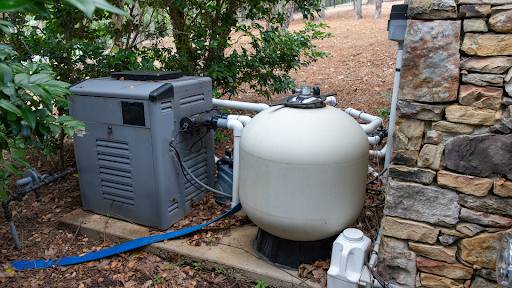
Water-saving filtration systems require less water for backwashing. Some of the latest filtration systems come with automatic backwashing features that are programmed to backwash only when necessary, using the optimal amount of water.
Eco-Friendly Tip 3: Sustainable Materials for Hardscapes
Among the popular hardscaping choices, natural stone and certain paver options stand out for their eco-friendly attributes.
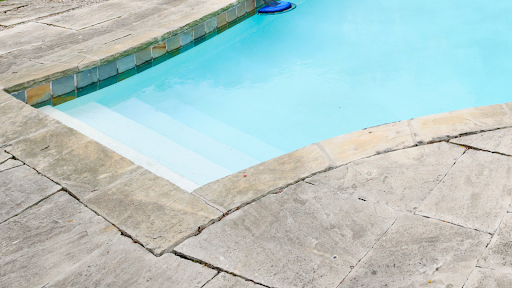
Natural stone patios don't require extensive processing or chemical treatments, minimizing its environmental footprint. It is also incredibly durable, which means it doesn’t need to be replaced often.
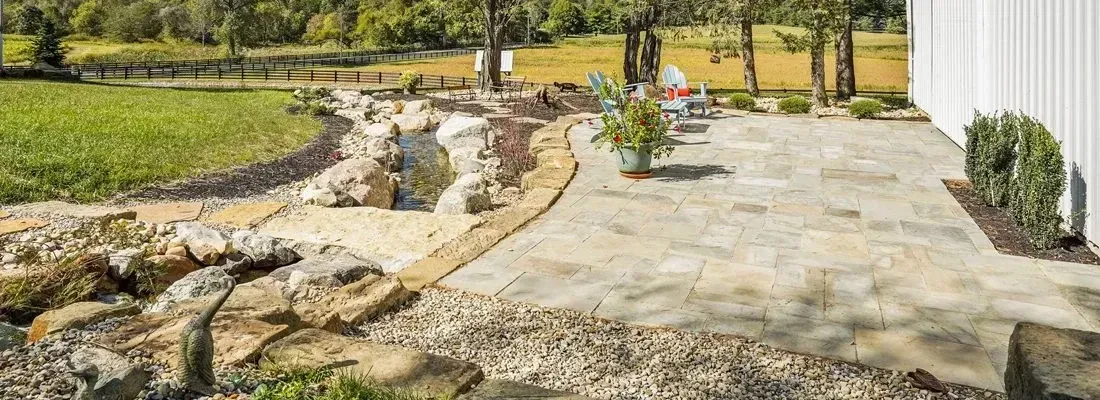
Stone driveways allow for water permeability, promoting proper drainage and reducing runoff, a vital aspect of sustainable landscaping.
By choosing sustainable heating options, water conservation techniques, and environmentally friendly materials, you're not only building a beautiful backyard oasis but also contributing to a greener world. If you're ready to transform your backyard into a sustainable paradise, Omni Pools & Scapes will happily assist you in designing and implementing eco-friendly outdoor living solutions that align with your vision and values.
OMNI LEARNING CENTER
RECENT POSTS
